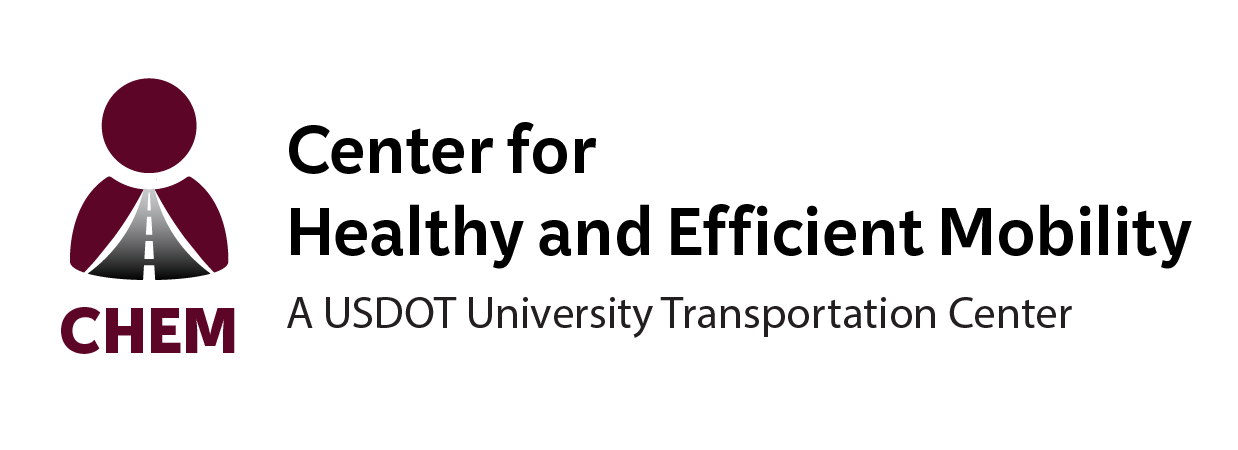– Improve conditions for a good public transportation operation
– Enable access to urban areas
– Encourage people to travel more by alternative modes of transportation (including biking and walking)
– Increase availability and accessibility to transportation
How it Helps
Implementing
Process of Coordination:
Many stakeholders with diverse aims, constituencies, and timetables are involved in land use decisions. To establish mutual understanding, it’s critical to begin cooperating early on in this process. Both formal and informal communication may be used to achieve this.
Common Understanding:
Different stakeholders have their own terms and perspectives, which may make cooperation difficult. ‘Connectivity’ on a site level may relate to a single transit station, whilst at the municipal level it refers to a massive mobility network. Defining concepts and establishing common interests will help prevent misunderstandings.
Transit-friendly Community:
Having a transit-friendly neighborhood is maybe the most essential factor in connecting transit and land use. The agency’s work must be trusted by the government, corporations, and the general public. Partnering with MPOs or charities that can assist with education and outreach is one method to create a transit-friendly neighborhood.
Further, an agency’s ability to adjust land use to assist public transportation will be limited if it does not have a supporting board. If board members are reluctant to become engaged in land use problems, education might gradually persuade them to do so.
Dedicated Staff:
If an agency has committed staff members working on land use problems at least part-time, it is considerably more likely to succeed. This individual should be knowledgeable about the land use process and capable of communicating with parties such as developers and local authority. This will support effective land usage.
Examples
1) The Role of Metropolitan Planning Organizations (MPOs)
MPOs employ new and inventive methods to encourage and assist land use planning and include it into their transportation planning process. MPOs experience challenges collaborating with local governments and assisting them with land use, productivity expansion, and climate change. On the other hand, these debates are essential if mutually useful links between land use and transportation emerge.
2) VIA Metropolitan Transit Vision
VIA recognizes that when public transport is linked with adjacent land uses, activities, and people, the transport system will operate more effectively and economically. VIA supports this endeavor by developing transit-friendly land use rules and forming key collaborations. VIA looks for methods to improve current public transport while ensuring that areas around the nation get funds for transit projects. VIA created a transit-friendly land use vision and a set of objectives to guarantee that prospective treaties, strategies, and initiatives promote land development patterns that support VIA’s purpose.
